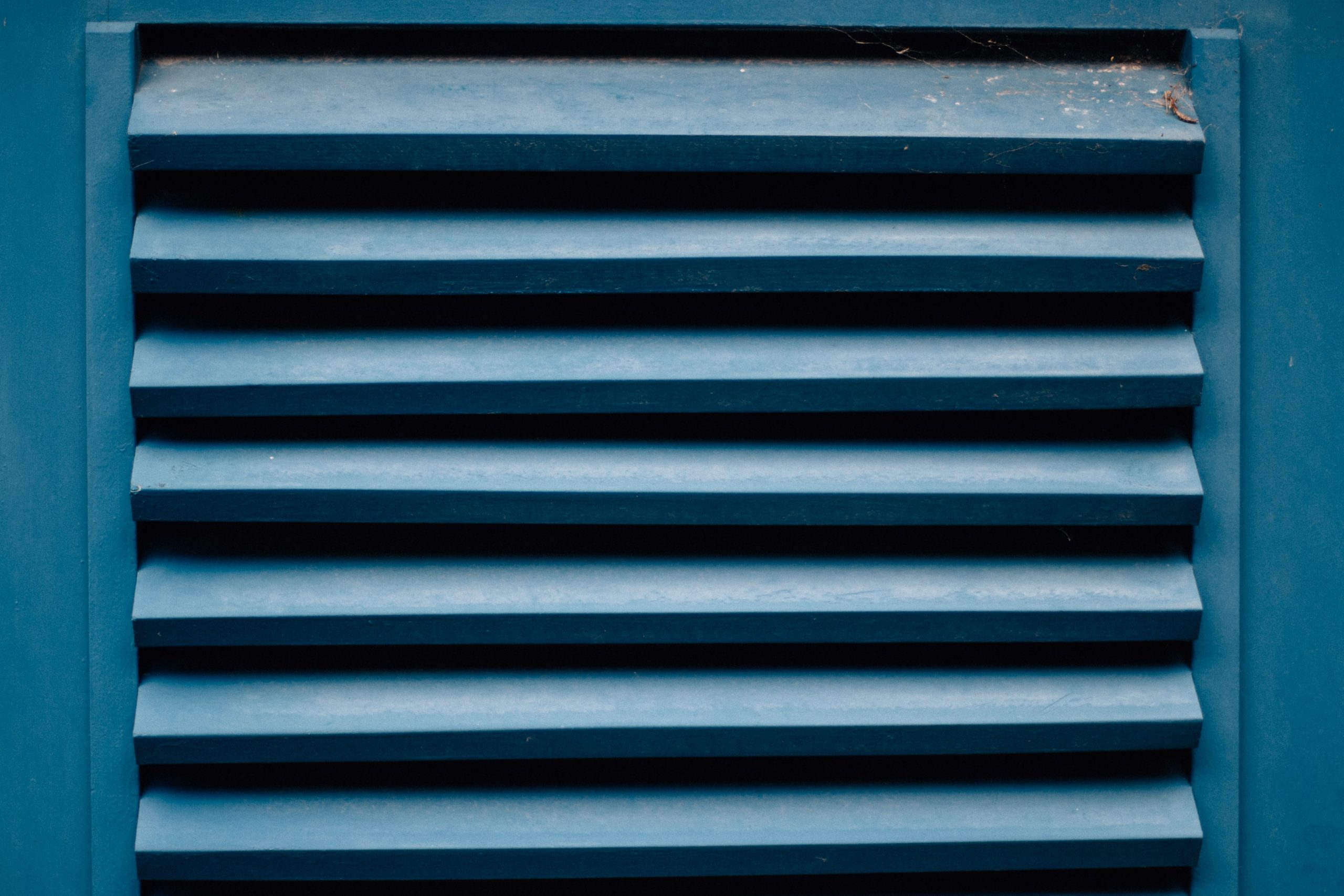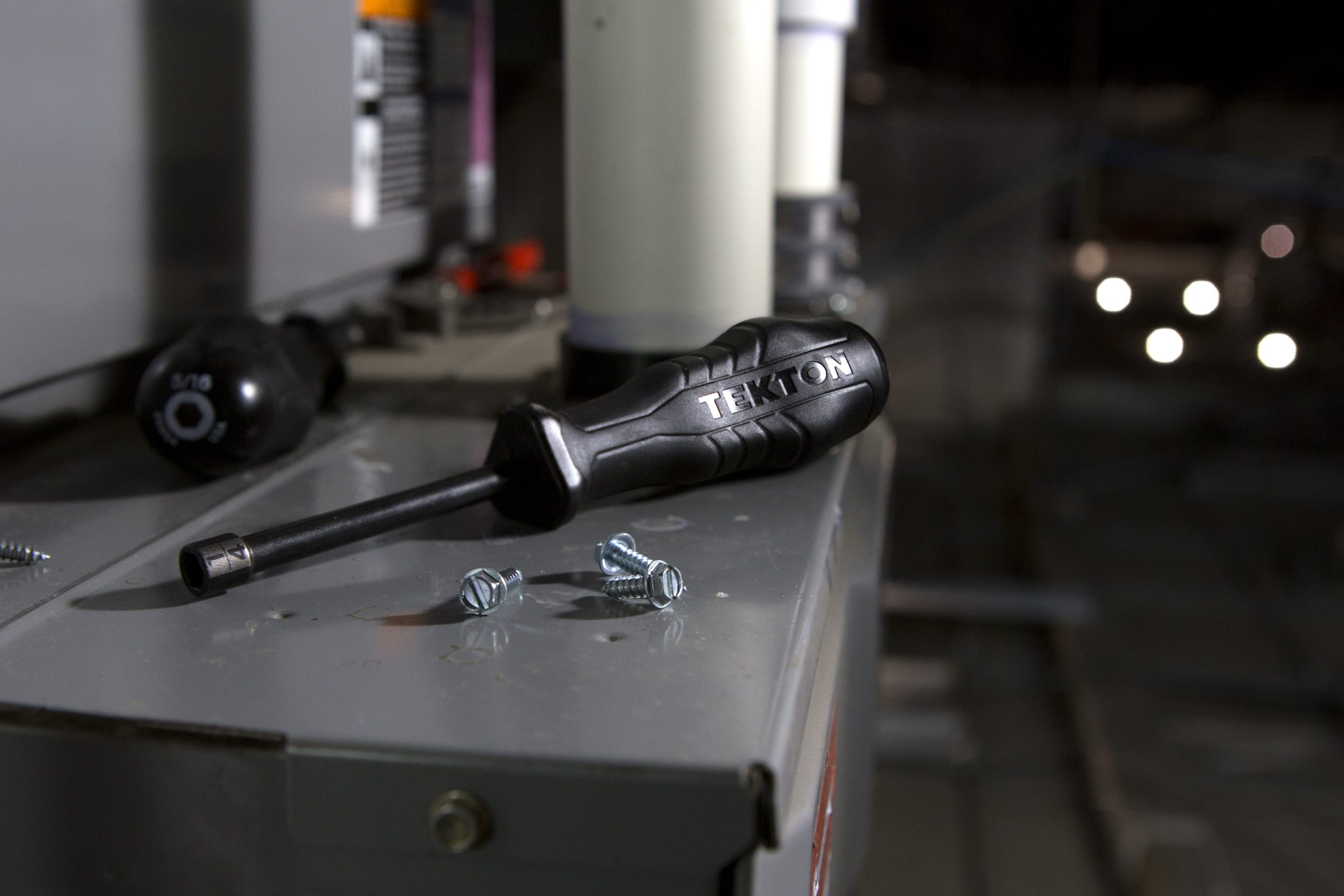Our Top Articles for Reference by Topic
Our Top Articles for Reference by Topic
We have published a lot of information for you on our website, so we understand it can be a lot to digest! Here’s a shortlist of our top articles
Mold and Mycotoxins
Mold is on 90% of our customers’ minds! Is it on yours?: What is mold, how does it grow, common mycotoxins produced, why is it hard to link mold with illness, common symptoms of mold illness
Breaking down Mycotoxins and mVOCs with Enzymes and Non-Toxic Cleaners: Mold and mycotoxins don’t have to be complicated or overwhelming…we break down what they are and what will break THEM down.
Indoor Mold Summary White Paper: Deep, technical dive on types of mold, mycotoxins and mVOCs and how polar ionization can reduce these
Taking Our Homes Back from Mold: Why mold is a bigger problem now than in the past, where it can hide in the home, how specialists recommend dealing with it
Mold Prevention
Can I Avoid Mold with JUST Ventilation?: technical paper on the role that ventilation plays in mold prevention and how you can achieve mold prevention without air conditioning in many cases.
The unintended consequences of turning down the thermostat this winter: saving money by turning down the thermostat will not always save money if you have to deal with mold later!
Wait–I thought mold was only a problem during the summer!: This is a common misperception, and in some cases, mold in winter can be exacerbated by the drastic differences in temperature around the building envelope of your home.
Mold Testing
What’s the difference between EMMA and ERMI?: describes these two professional mold assessment tests and why EMMA may be more helpful for the homeowner whose health may be affected by mold.
Which DIY mold test should I get?: explains the different mold tests available and their pros and cons as well as relative costs and product recommendations
How to choose a mold remediation contractor: it’s best to try to know as much as you can about safe remediation, and to “interview” potential candidates accordingly, before you hire someone to handle this job for you!
Cleaning
Tackling Dust in Your Home: reviews the tasks and tools that greatly increase the ease of keeping dust in your home at a minimum
What non-toxic multipurpose spray cleaners really work?: reviews the products and their ingredients that you can trust to be non-toxic and clean well.
Cleaning vs. Sanitizing vs. Disinfecting: There is a Difference: explains the differences among these three terms and when and where you should do them.
Check them at the door! (How to bring less contaminants into your house): clean less by allowing less dirt and mold into your home.
Air Filtration
How can I get more filtration with my current HVAC system? It’s a tug of war!: Explains the common misperception that high MERV filters are dangerous for your HVAC, and how to safely install them to get cleaner air in your whole house.
Which air purifier should I choose for my home? Part 1: Airflow: Explains how the layout of your home and air circulation are important considerations in choosing an air purifier
Which air purifier should I choose for my home? Part 2: Air Cleaning: Explains how polar ionization and HEPA filtration can work together to get very clean air in your home.
Humidity
The Science of Humidity and how it affects us: dives deep on what relative humidity is and how extreme dryness or humidity affect our bodies and homes
Humidity and an Indoor Moisture Inventory: a step by step guide on sources of moisture and humidity in your home and how to control humidity more effectively
New Home Search
On a home hunt? Make sure Air Quality is on your home inspection list!: gives the sources of good and bad air quality and how you can evaluate homes in terms of air quality.
Our New Healthy Home WishList: a guide to the premium features we would opt for to maximize air quality and health when designing a new home.
Ventilation
How does indoor air pressure affect ventilation and air quality?: deep dive on what negative, positive and neutral air pressures are, how they are generated, and how they affect air quality in your home.
Negative Pressure Ventilation can be dangerous in your home! Here's how to prevent it. Sources of negative pressure and specific recommendations to keep safe from pollutants that can be pulled in by negative pressure
Less coffee, more fresh air!: explains why fresh air ventilation is necessary to overcome CO2 buildup, which is a dangerous consequence of tightly-sealed spaces
How to live with minimal AC and maximum ventilation: We have two specific products, Window Ventilation Filters and Nanofiber PureAir Window Screens, that help you do this!
Home Projects for Better Air Quality
Optimizing Your Window Air Conditioner for Maximum Clean, Cool Air: Window air conditioners, just like central AC, need occasional maintenance too!
Start Thinking like a Home Inspector: how to find solutions to problems that pop up in your home that affect your air quality and health
Get more fresh air ventilation with Nanofiber Window Screens (Easy DIY Project!): why and how to install Nanofiber PureAir Window Screens
How to Improve Indoor Air Quality with Pets: how to reduce the allergens that often come with pet ownership for healthier lives of you and your pets
HVAC
What kind of air conditioner do you have?: Review of the most popular types of cooling systems in homes today
Estimating Power Consumption for the Whole-Home Polar Ionizer: This little appliance that fits into your HVAC doesn’t cost a lot to run 24/7 yet has a powerful impact on pathogens and pollutants.
What size heating/cooling unit does my home need?: Sizing your HVAC correctly is a good task for a technician, but we want you to be aware of all the factors that go into that calculation!
Why selecting and sizing your HVAC system is critical for healthy air (and what to do when it’s not sized or balanced correctly): a continuation of the previous topic
How to choose a Whole-Home Dehumidifier: Sometimes your HVAC needs extra help in getting rid of moisture in your home.
Disaster/Emergency Preparation
Taking precautions: What to do if your home is spared from a fire, but still smells like smoke
Natural disasters: How to prepare for them and protect your air quality: focuses on having a basic survival kit and the dangers/how to handle wildfires, hurricanes, tornadoes and flooding
Power Outages and Air Quality: power outages are frequent these days and we have listed a number of ways you can prepare for them.
Photo by Mariia Zakatiura on Unsplash



